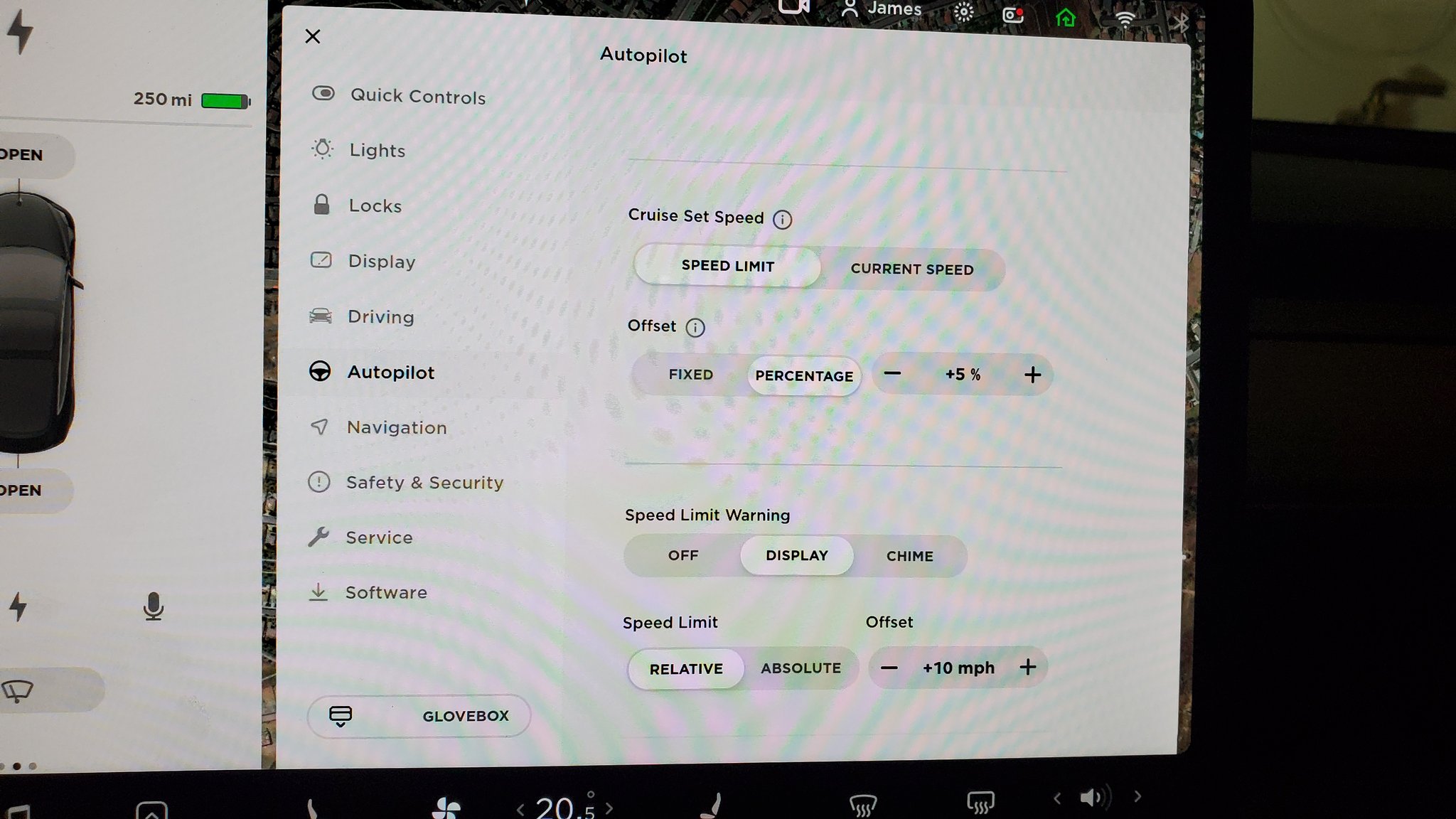I'm sure this will be a sticky on all of the vehicle forums shortly:

 jalopnik.com
jalopnik.com
(moderator note: related threads here…)
FSD Recall? in Software
Recall FUD in Uk

"Full Self Driving Tesla" by rulenumberone2 is licensed under CC BY 2.0.
Admin note: Image added for Blog Feed thumbnail

NHTSA Recalls Every Tesla Equipped With 'Full Self-Driving Beta' Over Crash Risks
The safety agency is requiring a software update to Tesla Model S, Model X, Model 3 and Model Y vehicles, saying FSD Beta "may allow the vehicle to act unsafe."
 jalopnik.com
jalopnik.com
(moderator note: related threads here…)
FSD Recall? in Software
Recall FUD in Uk
"Full Self Driving Tesla" by rulenumberone2 is licensed under CC BY 2.0.
Admin note: Image added for Blog Feed thumbnail
Last edited by a moderator:



/cdn.vox-cdn.com/uploads/chorus_asset/file/23986647/acastro_STK086_02.jpg)
